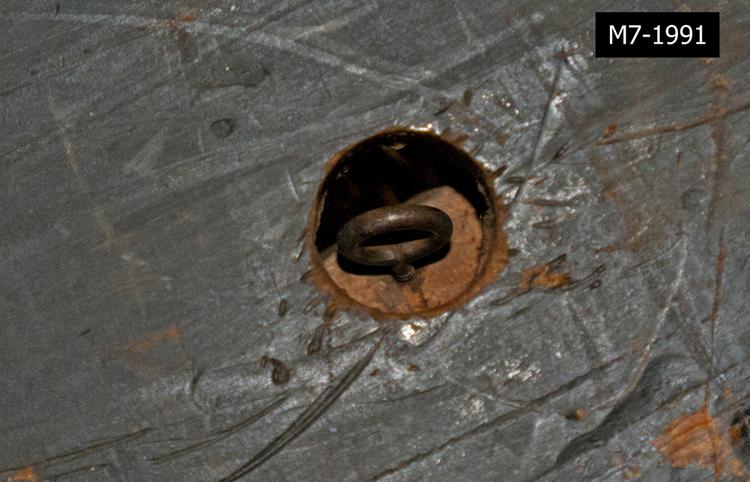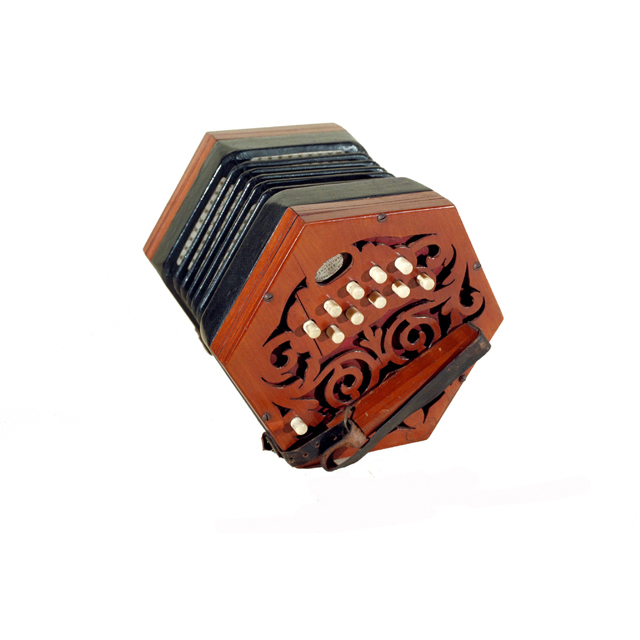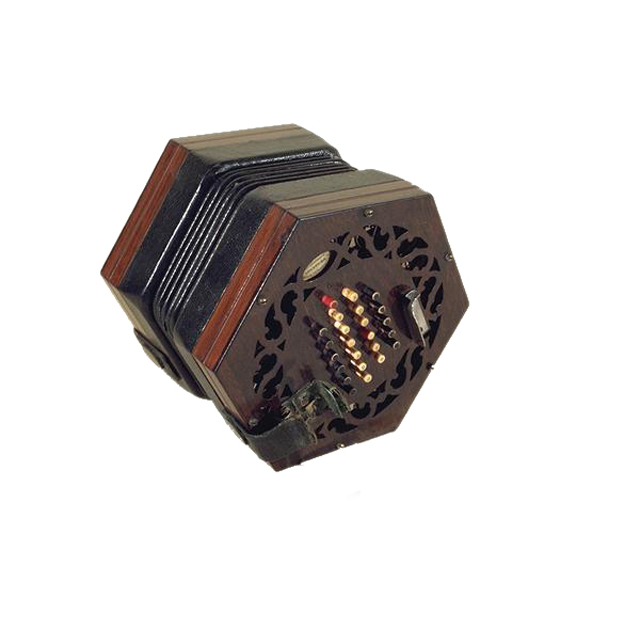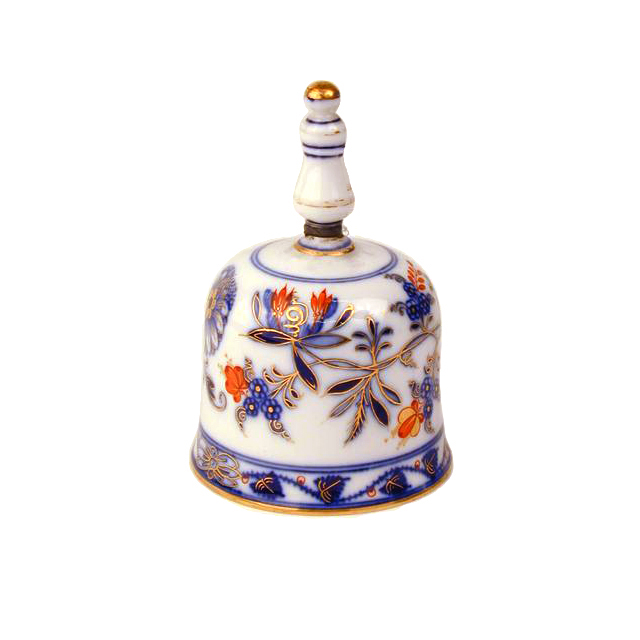
Inscribed on the nameboard 'J.B. Cramer & Co./Patent Portable Piano'. Five octaves, C-c4. Also known as a yacht piano. A similar model of piano by JB Cramer was taken by Captain Scott on his first expedition to the Antarctic in 1901. It returned, reputedly in good working order, and was subsequently used by Cramers in their promotional material. An article on the Cramer Portable Piano including a drawing of the instrument, appears on the Ladies' Page of the Illustrated London News (p.132) dated 28 January 1899. The drawing has the instrument set up on a table with a decorative cloth or rug underneath. It claims that the weight is 140lbs or 224lbs when packed in a case. It gives the dimensions as 3 feet 8 inches long, 2 feet 2 inches high and 1 foot 2 inches deep. These measurements correspond more or less to those of this instrument.
73.65 kg
A similar model of piano by JB Cramer was taken by Captain Scott on his first expedition to the Antarctic in 1901. It returned, reputedly in good working order, and was subsequently used by Cramers in their promotional material. An article on the Cramer Portable Piano including a drawing of the instrument, appears on the Ladies' Page of the Illustrated London News (p.132) dated 28 January 1899. The drawing has the instrument set up on a table with a decorative cloth or rug underneath. It claims that the weight is 140lbs or 224lbs when packed in a case. It gives the dimensions as 3 feet 8 inches long, 2 feet 2 inches high and 1 foot 2 inches deep. These measurements correspond more or less to those of this instrument.


































































































































































































































































































































































































































































































































